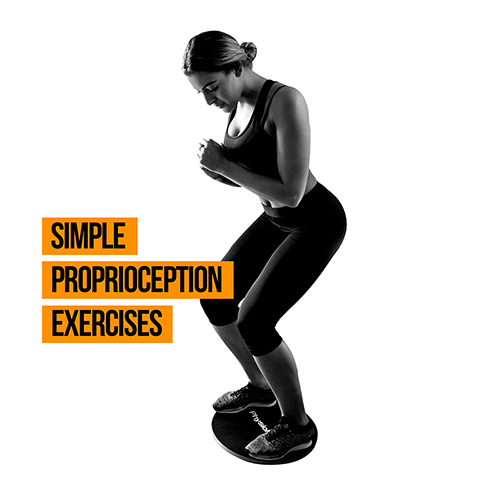In today’s PhysioRoom Blog, we’re going to look at some exercises you can use to improve or rebuild your proprioception after injury, or even to help prevent it in the first place.
What is Proprioception?
Proprioception allows humans to control their limbs without having to look directly at them, it’s that overall sense of body awareness and where everything is while moving.
For example, think of playing football, we’re able to line up our body in the perfect position, then kick the ball with one of our legs, all without looking down. We can even kick the ball with varying degrees of power and direction.
If we had to look at our limbs every time we wanted to accomplish a task, it would mean looking down every time we move our legs, or looking at our arms while dribbling the ball in basketball. Pretty much any semi-complicated physical task would become almost impossible.
The proprioceptive system is important for any everyday task, but in sport, where movements can be seriously complicated and involve several different body parts moving at once, it is simply essential.
Proprioception Exercises:
So, we know what it is, now let’s look at when you get injured and your proprioception is lessened and needs to be built back up after something like a bad ankle sprain or knee ligament injury.
Here’s some exercises you can do to get back up to speed.

This is an early proprioception exercise in your rehabilitation. It allows proprioceptive ability to be trained, whilst only putting partial weight through the affected limb.
Here we use the aid of a swiss ball which helps with proprioception training as it forces your whole body and especially core to activate, helping improve your balance.
To perform: Steady yourself on the swiss ball, then steady your injured leg on the floor before raising the opposite leg and holding the ball on the opposite side of the body.
This exercise is an advanced weight bearing proprioceptive exercise that involves balancing against a swiss ball.
This helps build balance by raising the opposite leg while keeping weight on the injured limb.
To perform: Place the swiss ball against a wall before putting your back towards it, once in position, raise your opposite leg while keeping your injured leg on the ground.


A progression of the previous exercise, this exercise is an advanced weight bearing proprioceptive exercise that involves balancing against a swiss ball. But added in to the mix is the catching and throwing of a ball while balancing.
This helps build balance by raising the opposite leg while keeping weight on the injured limb, while helping improve coordination by activating several different body parts.
To perform: Place the swiss ball against a wall before putting your back towards it, once in position, raise your opposite leg while keeping your injured leg on the ground. Then attempt to catch and throw the ball with a partner while balancing.
This is a full weight bearing proprioception exercise with the use of a wobble board.
This can be used when you’re at an advanced stage of your rehab as it requires full load bearing on the injured leg while raising the other.
A wobble board helps with proprioception as it forces you to balance at all times, building up your coordination and balance.
To perform: Balance on the board then raise one leg, then attempt to continually steady yourself.


A functional proprioception exercise specificlly for soccer and soccer injuries, but can also be used for any sport to help improve coordination and footwork.
To perform: Balance on one leg while working the ball clockwise on one foot around the injured leg, and then anti-clockwise
Working on joint position sense in non-weight bearing position is also important for proprioception.
The patient is encouraged to try and reproduce the angle of knee bend after straightening the knee.
To perform: With your back against the floor and leg against the wall with a bent knee, place a small mat or something with little friction between the soul of your foot and the wall. Then attempt to full straighten the leg before returning it to its bent position.




Working on joint position sense, in a weight bearing position. This helps improve coordination and movement of the limbs in unison.
To perform: Lean against a wall, with a pad between your back and the wall if you have one handy. With your injured leg out in front of you slightly, begin the raise and lower the opposite leg.
Our last exercise is an advanced proprioceptive exercise. The patient hops then stops and balances for 20 seconds before hopping on again, helping to build balance and coordination in the affected leg in relation to the rest of the body.
To perform: Balance on one leg before hopping t the next section and balancing for 20 seconds, then hop to the next. If you don’t have a fitness ladder, you can find one here. Or alternatively, pick out points on the floor you wish to hop to.

Useful tool for improving Proprioception
Swiss Balls
The swiss and gym balls are multi-functional tools that can be used at the gym at home or to improve the quality of normal or ‘standard’ exercises. Sit ups, press up and general stretching are a few examples of routines that can be enhanced by incorporating a swiss ball. Use in conjunction with other exercises to improve your stretching, flexibility and define and tone your body as well as improve your overall core strength.
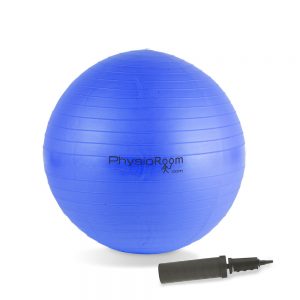
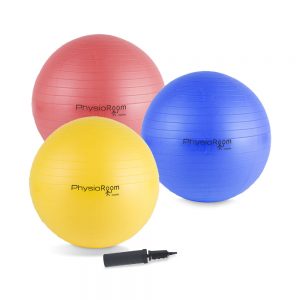
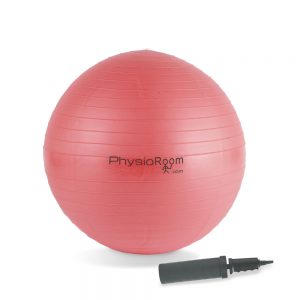
They are great for proprioception exercises as the force a number of different muscles across the entire body to engage and work in unison with one another, improving coordination and balance where the same exercise without a swiss ball would not.
To learn more about swiss balls, click here.
To view our range of swiss balls, click here.
Wobble Boards
A good way to improve your proprioception and help prevent further and/or future injury is by using a wobble cushion or board.
The wobble cushion is a widely used tool in preventing injury, especially ankle and knee injuries. Often physios will incorporate proprioception exercises using a wobble cushion in to the recovery program of an injured athlete.
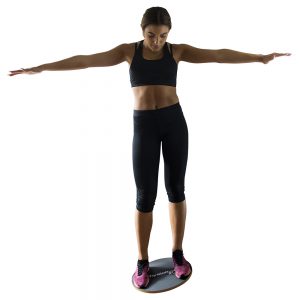
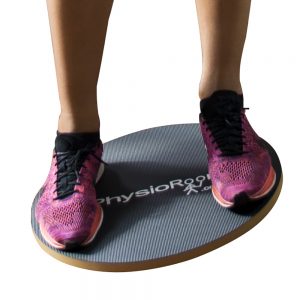
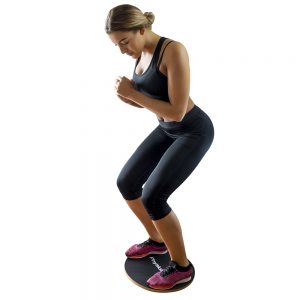
They’re important for ankle and knee injury prevention because they greatly improve the ability of the neuromuscular system to make fine alterations to movements during sports, which helps prevent things like twisted ankles or knees.
They allow for this balance and proprioception improvement because they force the user to make continual adjustments in order to stay balanced on the cushion which causes greater neuromuscular activation. This can also help the speed and efficiency at which someone can move in terms of things like changing direction.


